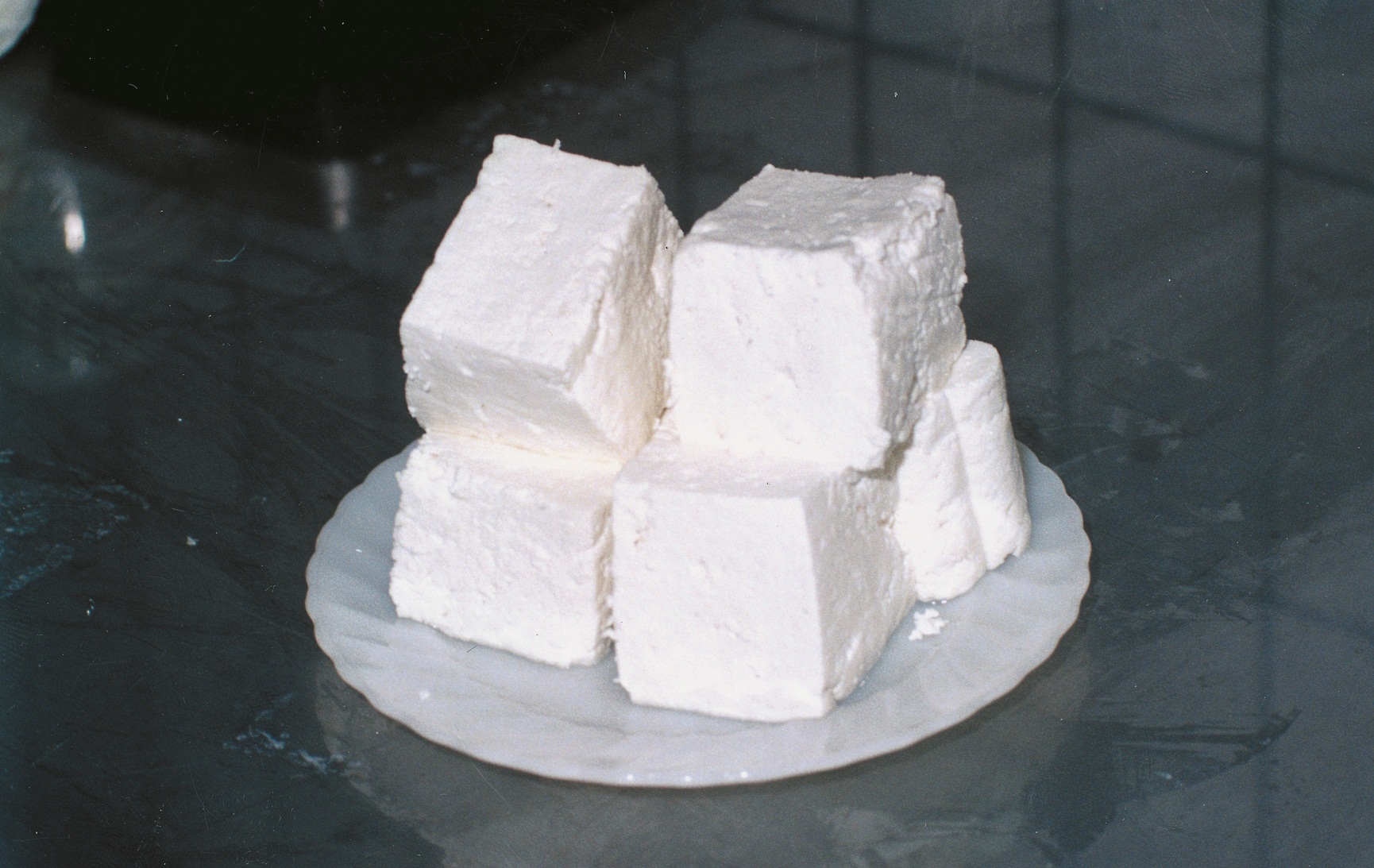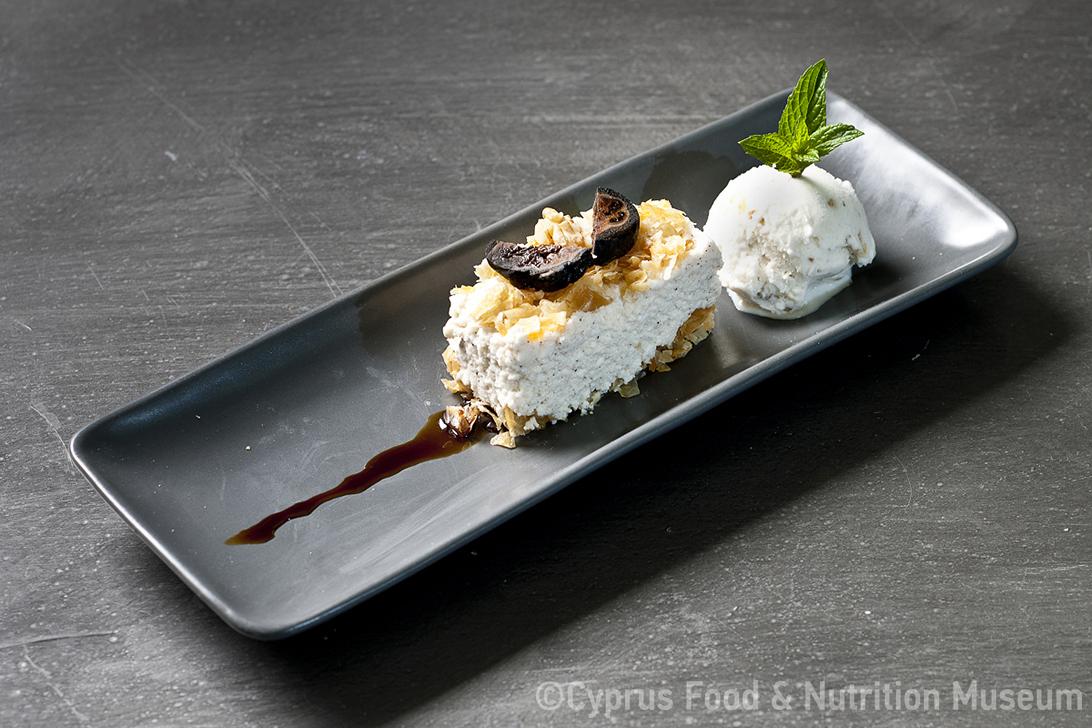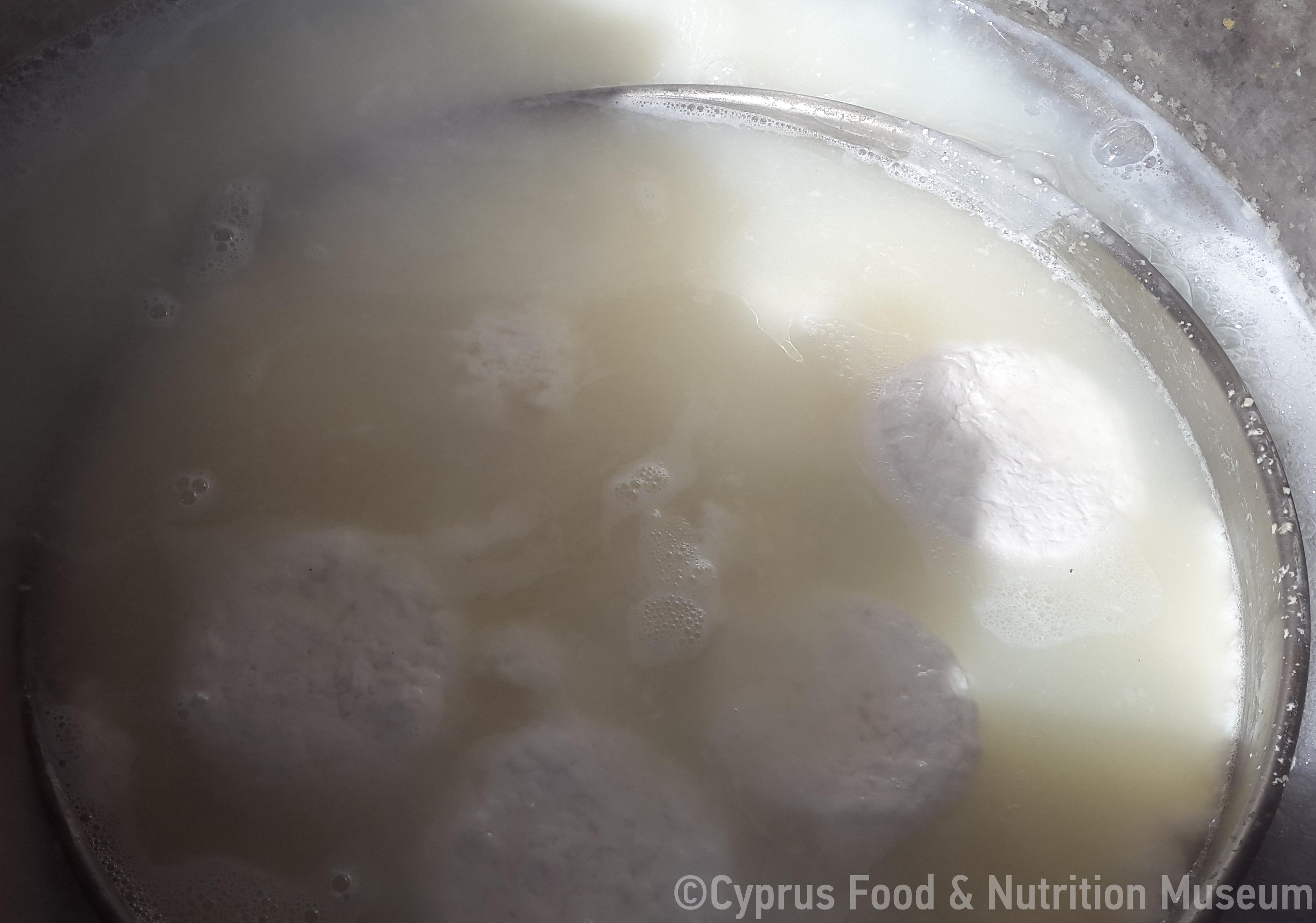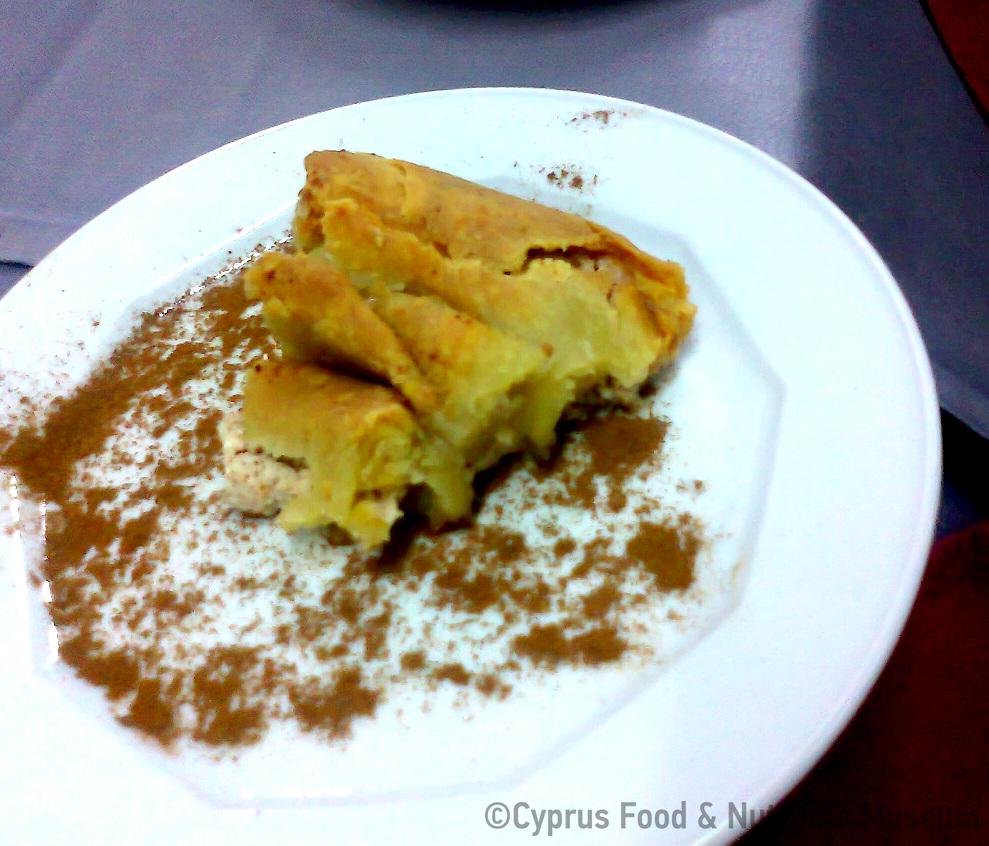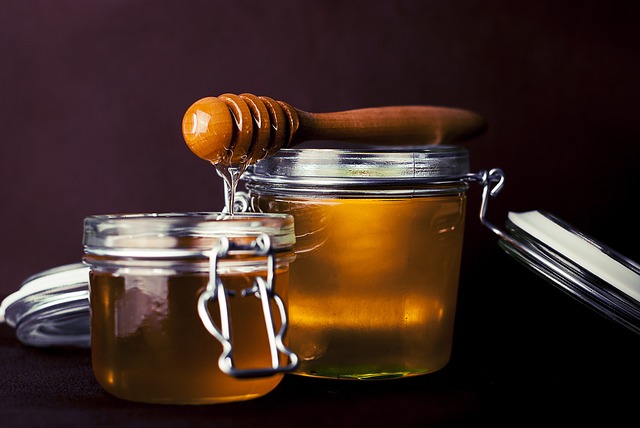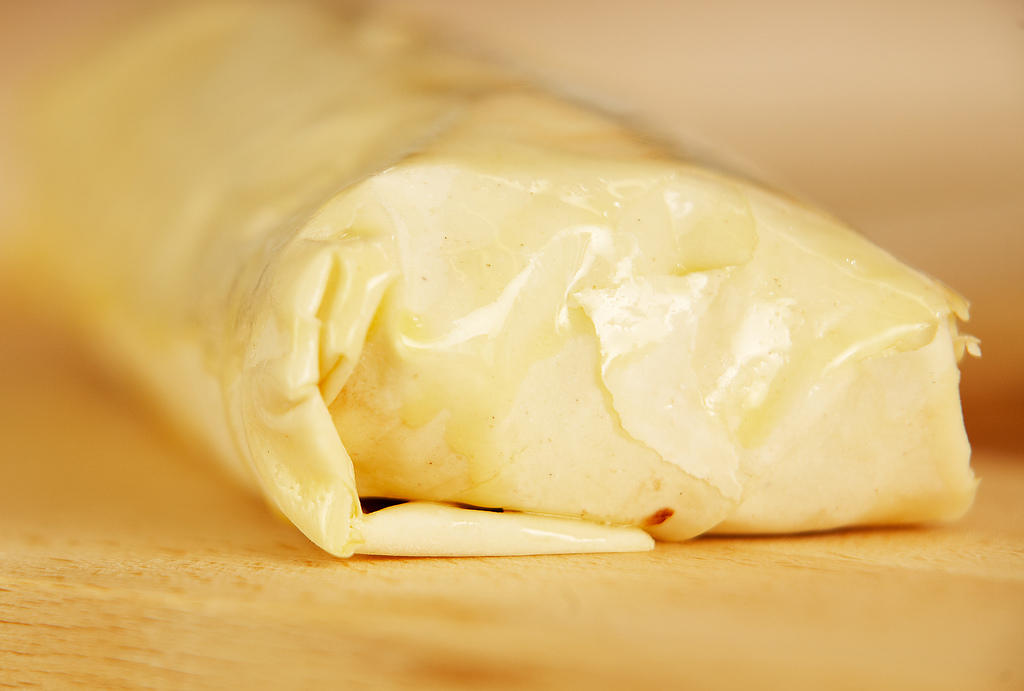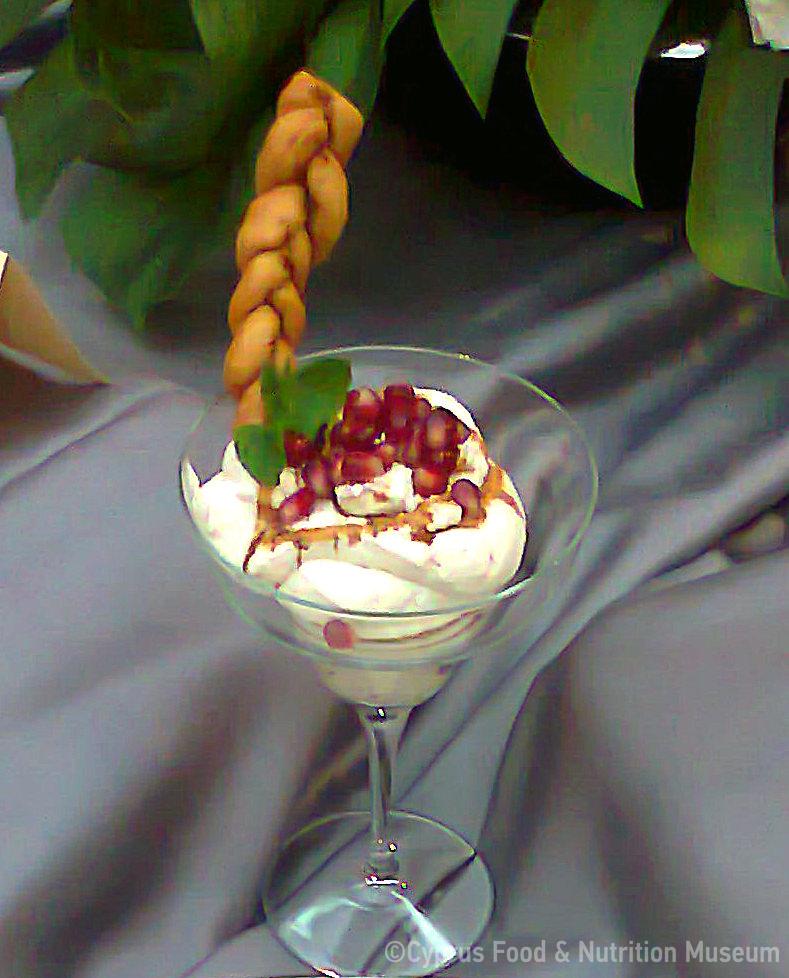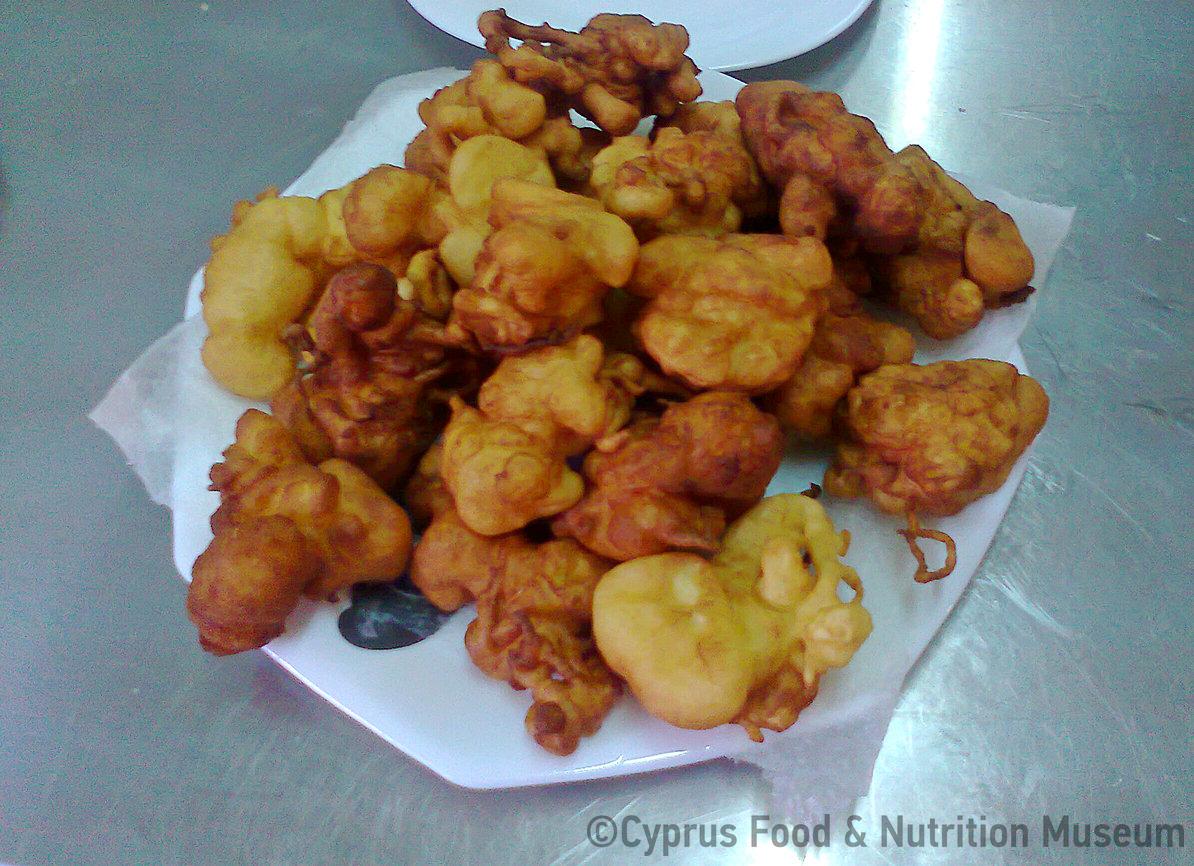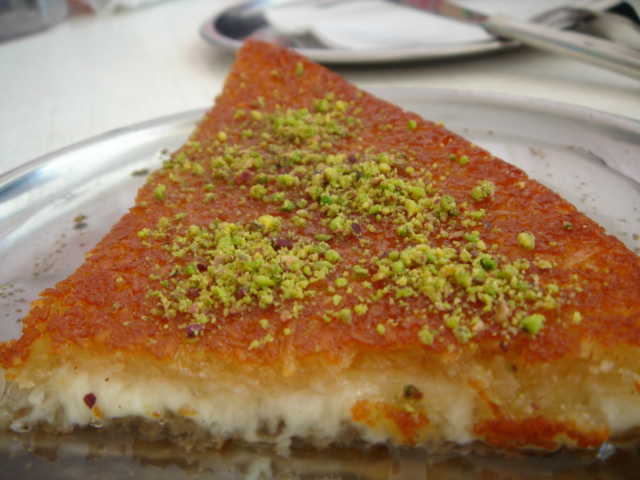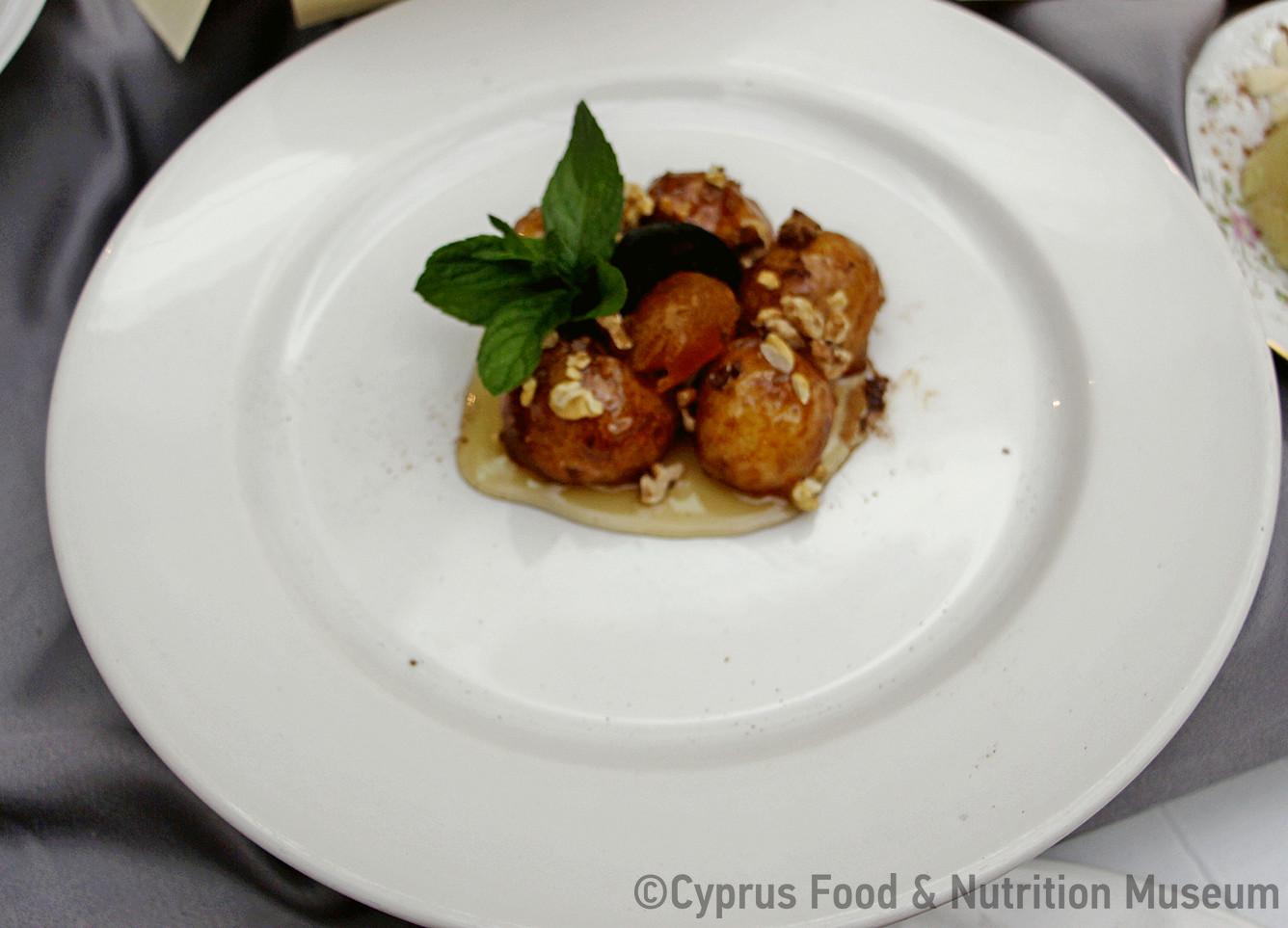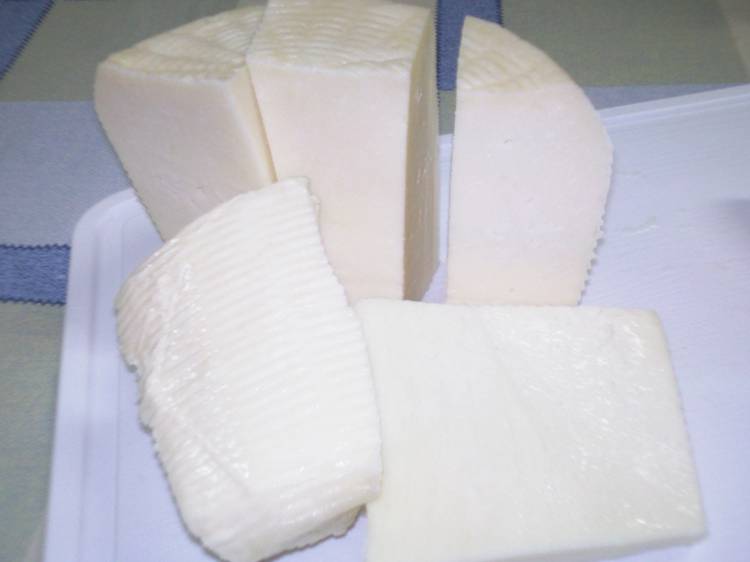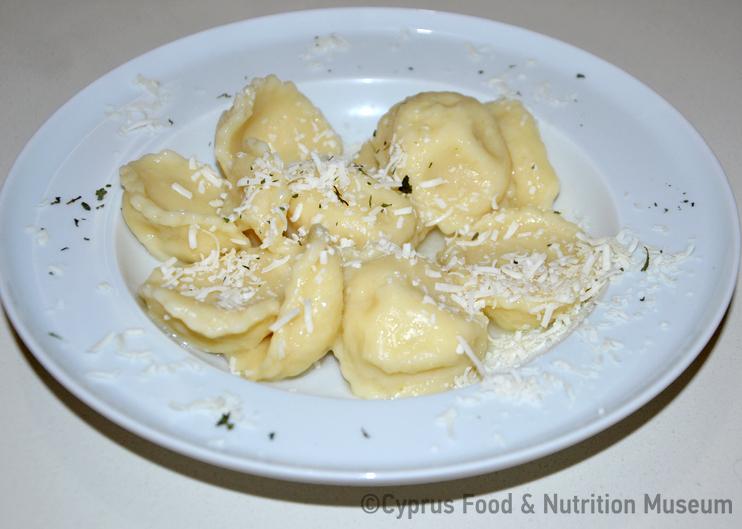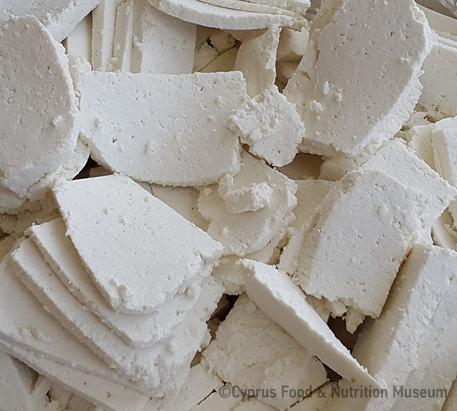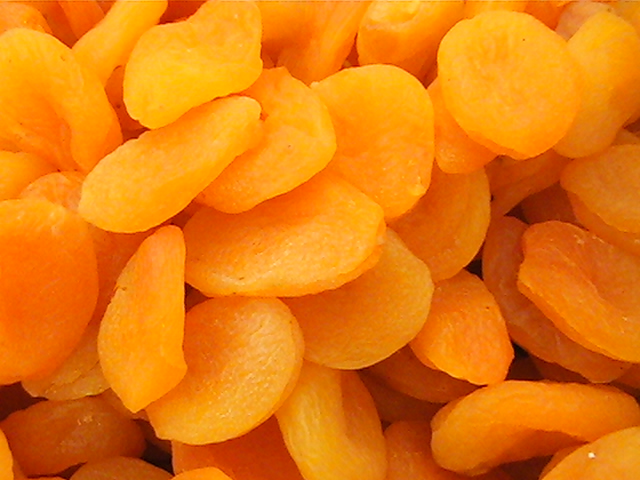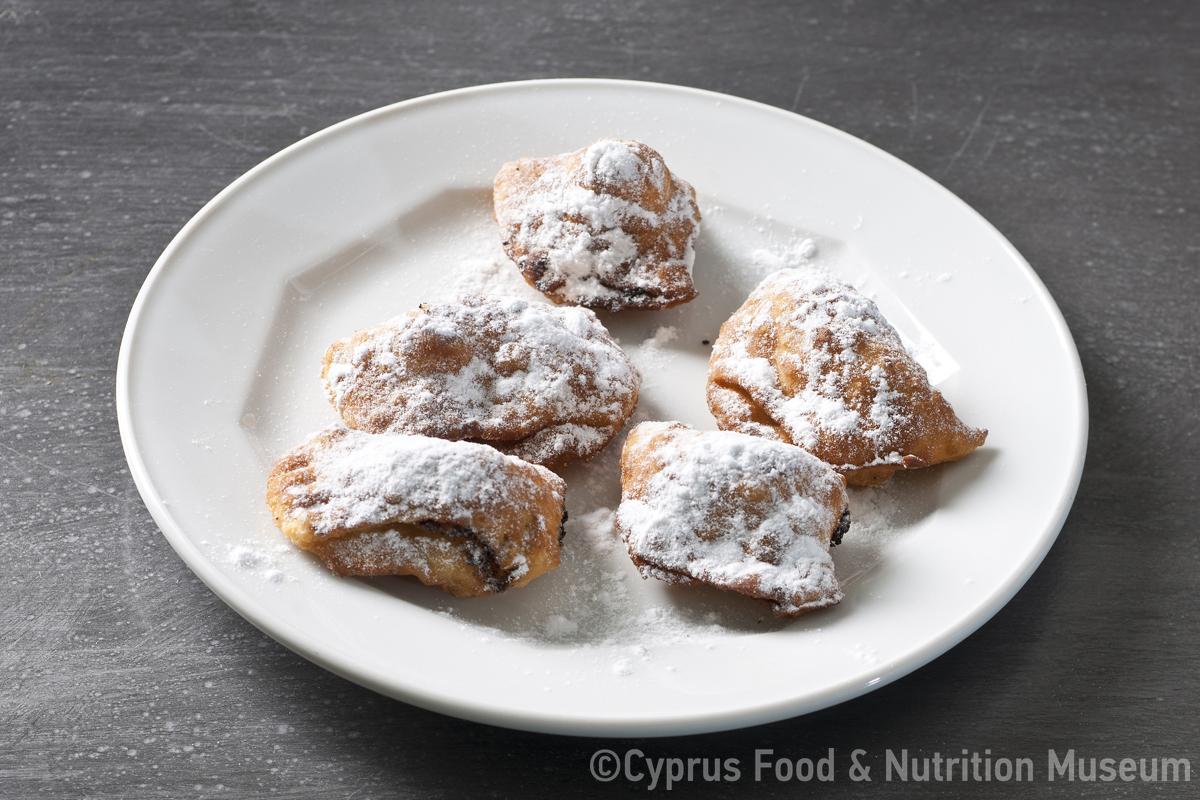Name - Origin
The words agniá or ahniá refer to the colostrum of sheep and goats, but also to the steam, froth and fat of this milk (Great Encyclopedia of Cyprus, vol. 1, entry αγνιά ή αχνιά,η, 122).
The name also refers to myzithra produced from this milk, which coagulates from the coagulating substances of colostrum (Evaggelatou, 34).
Based on the same meaning, the male is referred to as agnós or ahnós (Great Encyclopedia of Cyprus, vol. 1, entry αγνιά or αχνιά,η, 122).
Agnia or ahnia is myzithra made with colostrum (Evaggelatou, 34).
According to Eugenia Petrou-Poetou, ahniá is a sheep's or goat's colostrum. It is derived from the Italian word agno, agnello, in Latin agnus, meaning lamb, or pure (Petrou-Poeitou 2013, entry Αγνιά, 22).
Constantinos C. Yangoullis also mentions that the word, according to Nicholas H. Konomis, is derived from the word αγνός (pure) (Yangoullis 2009, entry αγνιά - aχνιά,η, 37).
George Loukas in his Glossary states that agniá in Turkish is the kaimakkin (froth). In Kythira island it is called αθόγαλος (athógalos) and in Crete ανθόγαλα (anthógala). Others call it αφρόγαλα (afrógala). In ancient Greek, άχνη (áhni) (Kypri 1979 [2002²], entry αγνός and αχνός,o, 11).
Place the colostrum over heat and stir until it thickens and becomes anari (nyzithra). This anari is served warm with sugar, cinnamon and rose water. It can even be used to make pourekia (Evangellou, 34).
Additional information and bibliography
If the newborn animals were breastfed for the first time, the colostrum had to be milked so that they would not breastfeed it again, because it was too heavy and would cause intestinal disorders to the animals (Oral testimony: Kyriacos Panteli, 71 years old, Sotira - Famagusta).
Yangoullis K. G. (2009), Thesaurus of the Cypriot Dialect. Interpretative, Etymological, Phraseological and Nomenclatural Dictionary of the Medieval and Modern Cypriot Dialect, Library of Cypriot Folk Poets,70, Theopress Publications, Nicosia.
Evaggelatou F, Ξεχασμένες νοστιμιές του κυπριακού χωριού: 401 Αυθεντικές παραδοσιακές και δοκιμασμένες συνταγές μεγειρικής και ζαχαροπλαστικής με λαογραφικά στοιχεία, Limassol.
Kypri Th. D. (ed.) (1979 [2002²]), Materials for the compilation of a historical dictionary of the Cypriot dialect, Part A, Glossary of George Loucas, Publications of the Centre for Scientific Research, XLI, Nicosia.
Kypri Th. D. (ed.) (1983 [2003²]), Materials for the compilation of a historical dictionary of the Cypriot dialect, Part B, Glossary of Xenophontos P. Pharmakidou, Publications of the Centre for Scientific Research, IX, Nicosia.
Pavlides A. (ed.) (1984), Great Encyclopedia of Cyprus, vol. 1, Filokypros, Nicosia.
Pavlides A. (ed.) (1984), Great Encyclopedia of Cyprus, vol. 1, Filokypros, Nicosia.
Oral testimony: Kyriacos Panteli, 71 years old (d.o.b. 20/02/1943), Sotira - Famagusta.
Tonia Ioakim, Stalo Lazarou, Kyriaki Panteli / Petroula Hadjittofi, Argyro Xenophontos

